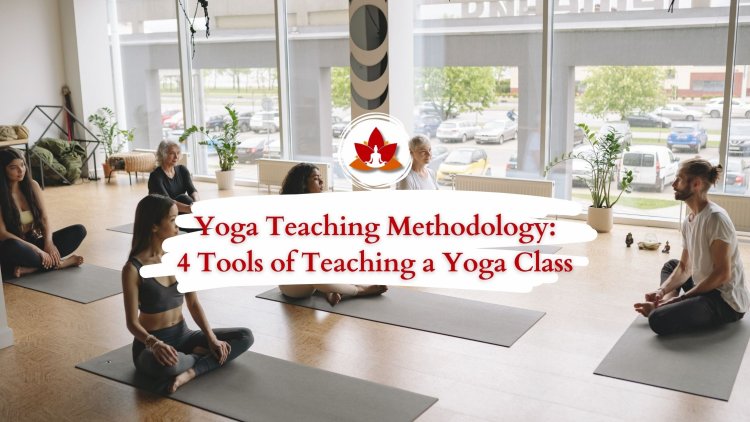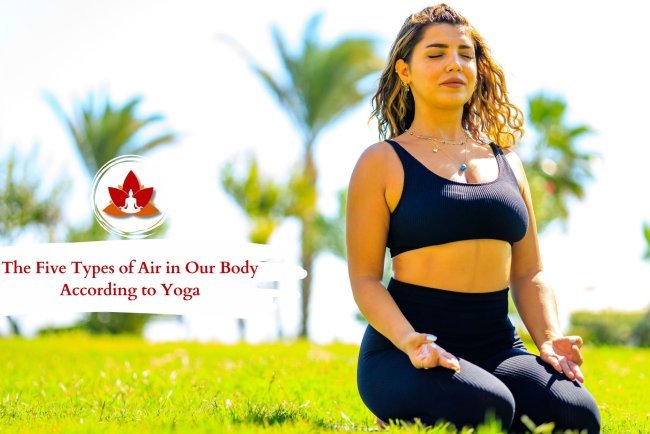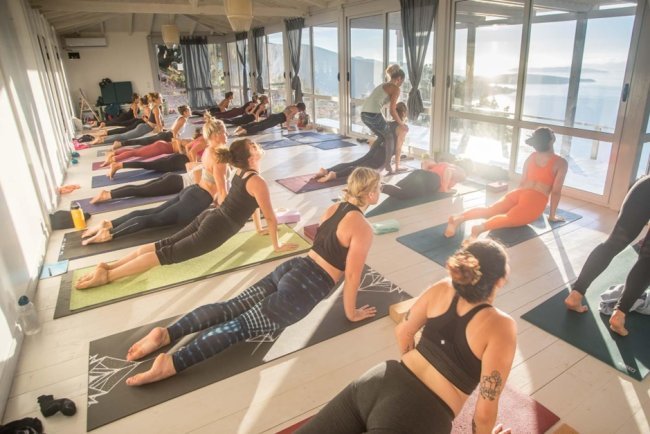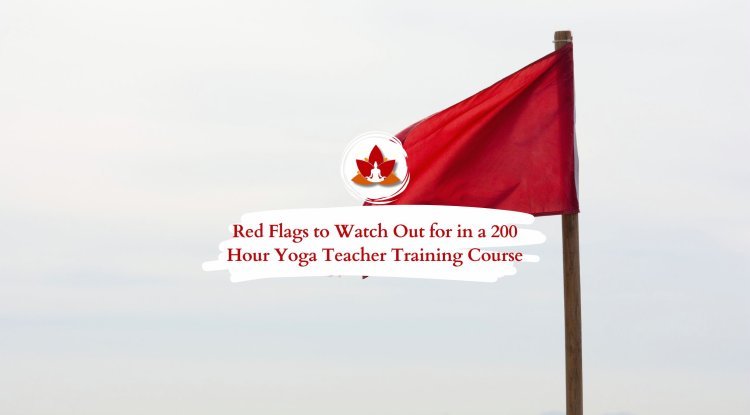Yoga Teaching Methodology: 4 Tools of Teaching a Yoga Class

Yoga Teaching Methodology: 4 Tools Of Teaching A Yoga Class
Yoga is a practice of change and takes care not only body but also of the soul. Your role as a yoga teacher goes far beyond showing them the poses and leading them through the sequences. You are a shining example who points the way to your class, toward physical and spiritual growth. Good thing this is an artful practice that requires far more than a mat and some blocks; so arm yourself. This blog will focus on the 4 essential tools of teaching a yoga class that will enable you to lead your students to a place of equilibrium, power, and calm. These are not tangible objects but priceless skills and approaches that every instructor should adopt to make the yoga class experience as enjoyable and enlightening as it is.
Instructions
Prepare Your Instructions:
Plan your instructions. Learn the yoga sequence and graceful transitions to give instruction properly.
Speak Slowly and Clearly:
Regardless of your natural tone, speak slowly and articulate. Avoid rushing through instructions.
Volume Control:
Speak loudly enough so that the voice carries to all parts of the class but NOT so loud as to become shrill or too strong. Regulate your volume in terms of the size of the class and the location from which you are talking.
Voice Modulation:
Stress important points or cues with voice modulation. For example, you might use a lower voice for calming or grounding instructions and an elevated one for motivating or energetic cues.
Pacing:
You need to match the speed of your instructions with the yoga practice. Slower, more deliberate instructions might be appropriate for deep stretches and relaxation and faster cues required in dynamic sequences.
Use Simple Language:
Make your instructions simple. Use simple language, short and straight-to-the-point sentences, and avoid complex jargon that may make your students confused.
Microphone Use:
If one is teaching in a large or noisy space, the microphone can be used so that everyone hears the lecture well.
Silence:
It is an effective means of achieving self-growth and self-knowledge. The stillness, in both the class and the yoga poses themselves, allows individuals a distinctive chance to stop, think and surrender to their inner lives.
Providing options:
Begin with basic yoga poses that beginners can do. Add some optional more invigorating poses for advanced students. For beginners, this approach enables them to create a strong solid foundation whereas advanced students can delve deep into their practice.
Demonstration
The art of teaching yoga involves blending verbal cues with physical manifestations to enable learners to internalize each practice. Presenting the postures can indeed be of help, but as a novice teacher, it is necessary to find a middle ground between demos and direct teaching. Here are some valuable tips to guide you in using demonstrations effectively in your classes:
Prioritize Teaching Over Personal Practice:
Remember that the class is not about your practice but about your students. Therefore, you should focus on providing guidance and support to them in their journey of yoga. Therefore, do not be entrapped by the self-practice continuum during class time that subdues your interaction with the students and affects their learning experience.
Demonstrate Where It's Visible:
Ensure that your demonstrations are visible enough to the entire class. This may mean coming off my mat and walking around to enable students to see from all directions.
Observation
The act of observation can be an invaluable talent for an instructor, whose yoga class contains students with much diversity. After keen observation, you will be able to shape your guidance to fit into the peculiar needs of every practitioner.
Adjustments
Seek Consent:
Ensure that there is consent from the student when touching. Consent is vital and given that physical adjustments are intimidating for some people.
Communicate Clearly:
Describe what you are going to do and the reason for the adjustment. This aids the student in knowing why the adjustment is necessary and helps build trust.
Check Stability:
Do not make any adjustments before the student’s base (foundation) is stable and grounded. Safe and effective adjustments require a strong foundation.
Avoid Joint Pressure:
Avoid any pressure on the joints as this might hurt them. Rather, emphasis should be directed toward the adaptation of the soft tissues and muscles around the joint.
Coordinate with Breath:
Coordinate breath movement with the student’s breath for every adjustment to deepen a stretch. Tell them to breathe in and adjust on the breath out. The student can follow the process to synchronize and provide the massage, which helps him or her release into a stretch more effectively.
Respect Pain Threshold:
They should never push a student to pain. They are encouraged to listen to their body and not push too hard. Urge to express their comfort levels and discomfort.
Prioritize Safety:
Above all, safety is the most important aspect. The safety and well-being of your students should take precedence over perfection in a pose or alignment.
Specific Pressure:
You will first adjust by applying light, and gentle pressure, and as the student becomes accustomed to it and is comfortable with it, you can slowly increase the pressure until you achieve the desired effect.
What's Your Reaction?


























